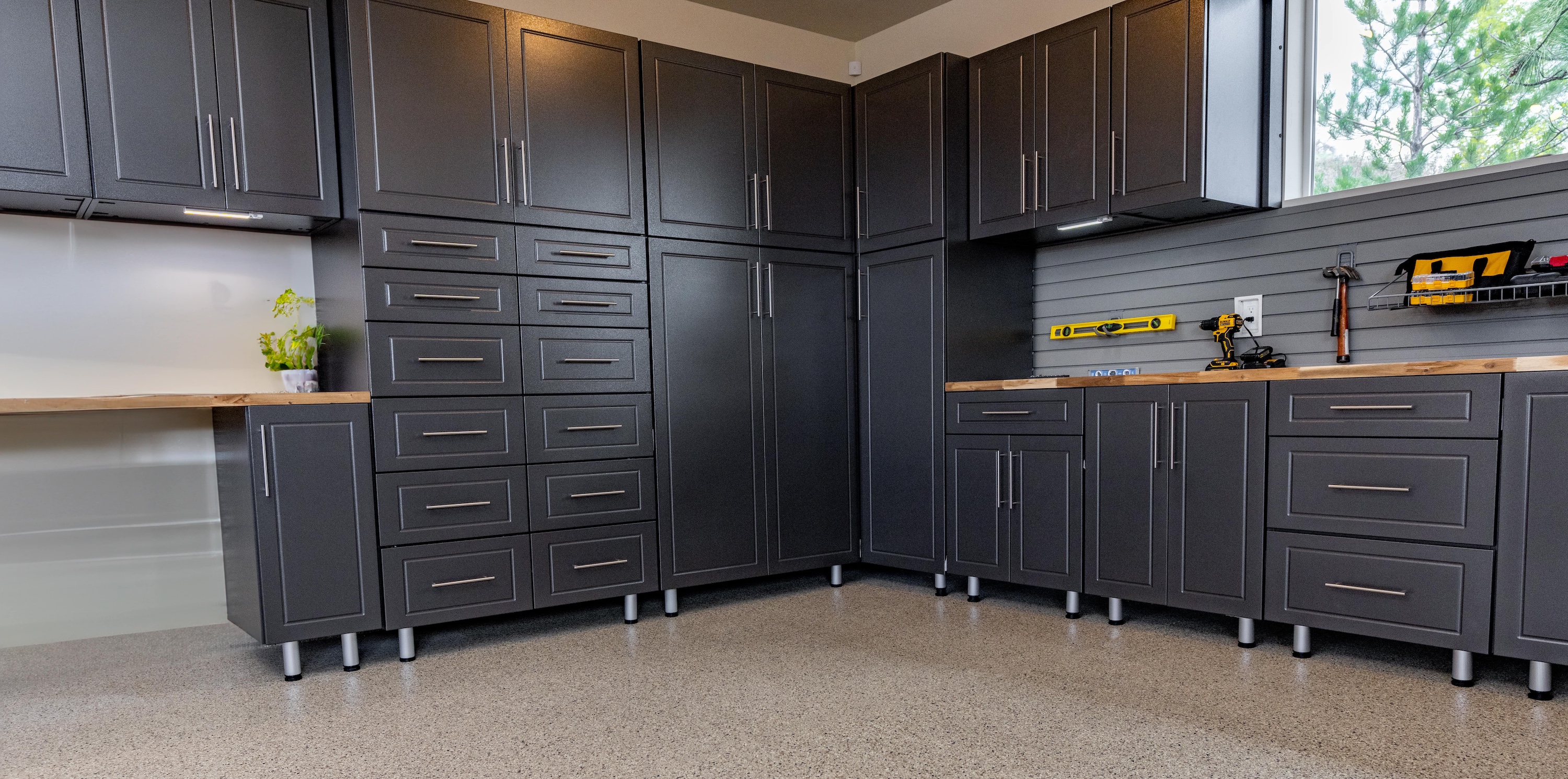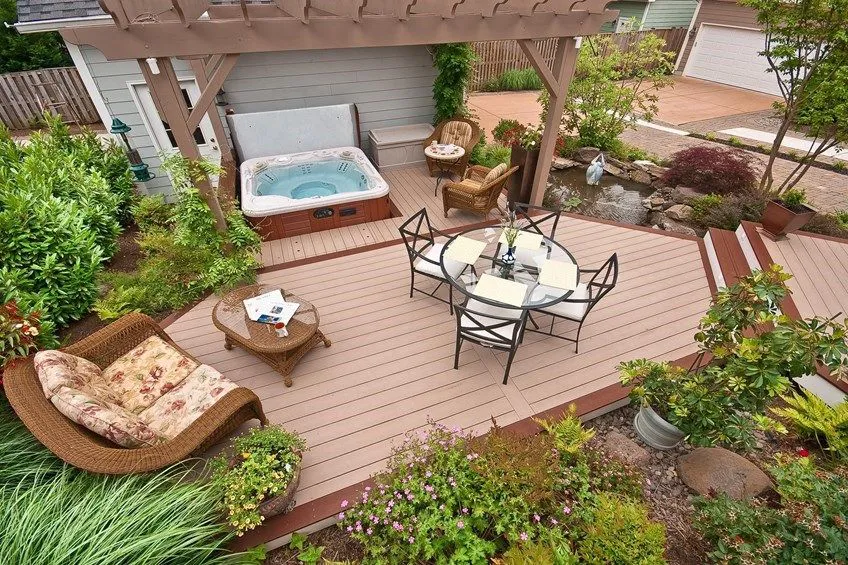How to Get Rid of Woodpeckers that are Damaging Your Home

Your Home Might Have Woodpecker Damage

There are many species of woodpeckers, but in the Pacific Northwest, the most common woodpecker is the Northern Flicker. You’ve probably been relaxing at home when suddenly you hear the loud noise of this woodpecker pecking on the walls. Unfortunately, woodpecker damage can seriously impact your home’s exterior.
Why is a woodpecker pecking at my house?
Essentially, woodpeckers peck for three reasons: communication, food, and nesting. You can determine what purpose woodpeckers are visiting your home for by examining the size and frequency of the holes they leave and listening to their activity. Determining why woodpeckers are pecking at your home can help you find the best way to keep them away.
Common Woodpecker Activity & How to Get Rid of Woodpeckers
Issue 1: Drumming for Communication
The loud noise of woodpecker activity is not just their effort to drive you mad. Drumming or the sound of “the bill being repeatedly struck on a hard surface with great rapidity” is how woodpeckers communicate with one another. (Wikipedia) You’ll notice this loud noise happens repeatedly from April through June. A woodpecker finds a good, sturdy surface to make a stir to attract a mate or claim territory. It just so happens that the surface of your home works just as well as a tree trunk. The good news is that if this is why you have a noisy visitor, the drumming should end after mating season.
Solution 1: Scare Woodpeckers Away
You can easily give the woodpeckers a fright that will make them avoid your home in the future.
Woodpeckers can be startled by shiny and reflective objects so that you can utilize simple aluminum foil, mirror pieces, or reflective tape. Another scare tactic is placing decoys of predators, like plastic owls, that woodpeckers will spot and avoid.
Noise and motion can have a similar impact. So pinwheels, windsocks, or wind chimes hung around your home that mimic predator sound and movement will also work.
Place any of these objects in the area woodpeckers appear to be visiting, and the next time they come by, they’ll get spooked and stay away for good!

Issue 2: Woodpeckers Use Your Home As A Source of Food
If you’re finding small, irregular holes in your home, this indicates that the woodpeckers are searching your home for food. They feed on small insects that may be within your siding material.

Image Credit: allaboutbirds.com
Solution 2: Remove and Replace the Food Source
If woodpeckers use your home as a food source, you must remove the food and provide an alternative.
First, if there’s a particular area of your home that woodpeckers are frequenting, you should check for an insect infestation. It may be necessary to hire a professional exterminator to clear the insects away.
Second, once the insect infestation has been cleared, you can provide alternative food sources that are a reasonable distance from your home’s exterior. Suet cakes are a tremendous, humane way to feed woodpeckers and keep them from your home! Set up a few bird feeders around your lawn with suet to keep them fed without sacrificing your home’s exterior.
Issue 3: Nesting Holes
Woodpeckers may drill roost holes into your siding to create nests. They use their nests to store food and may drill multiple holes as small storage spaces. These holes will be larger than the tiny holes they create when searching for food.
Solution 3: Provide a New House
You can buy woodpecker houses or do a DIY with a quick building project. This will provide an alternative place for woodpeckers to settle. You can then do a quick temporary patch of their roost holes using putty. Check that there are no living creatures in the holes before patching!

Keep it Kind
It’s important to remember that although woodpeckers pecking on your home is a nuisance, they’re endangered and protected animals you don’t want to harm. Using these humane methods should successfully keep them away to avoid harsher options. It’s best to avoid spikes, bird netting, and any marketed sticky bird repellent, as these options can all cause fatal injuries. You can easily buy a suet feeder, hanging mirrors, and more on Amazon.
Repel Woodpeckers by Repairing Your Home
Once you’ve sorted out a successful woodpecker repellent, you’ll want to repair the damage already done to your home to keep away woodpeckers for good. As you can imagine, the cost of repairing bird damage varies; as with many home repairs, it will depend on the amount of damage you have.
Webfoot Home Improvements helps homeowners repair corner boards, shingles, and siding. You can book a free estimate for us to visit your home and help you determine the extent of the damage and the repairs you need. Our blog, Homeowners Beware - Bird Damage: The Signs & Solutions You Need When Dealing With Our Feathered Neighbors, details the damage birds can cause to your home and how Webfoot can help.





